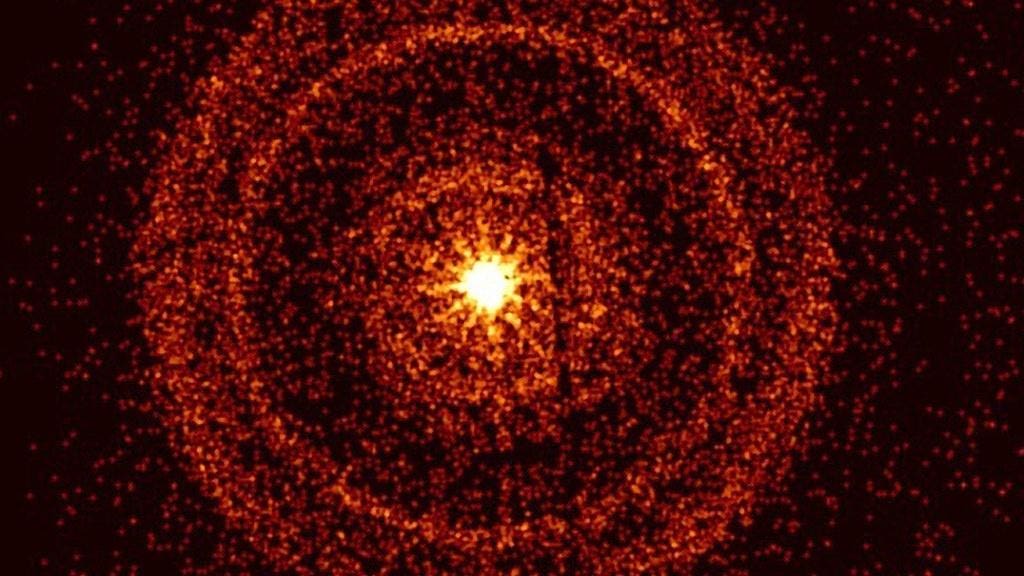Supernova 2023ixf currently shining brightly in the Pinwheel galaxy is the result of a cataclysmic explosion that is seeing a self-destructing star shine as bright as 100 billions suns.
But it’s not the biggest cosmic explosion event.
That belongs to GRB 221009A, an immensely bright gamma-ray burst that was detected by telescopes around the world on October 9, 2022.
It was a whopping 10 times brighter than a supernova and quickly named the named the BOAT—Brightest of All Time. The it kept on glowing long after it should have faded.
Very rare event
A once-in-a-thousand-year event, GRB 221009A is thought to have emanated from the collapse of a colossal star birthing a black hole a mere 2.4 billion light years from the solar system—close, in cosmic terms. But scientists had no idea why it was so bright and for so long.
They do now.
“The jet was pointed directly at us—much like a garden hose angled to spray straight at you—and this definitely goes some way to explain why it was seen so brightly,” said Dr Hendrik Van Eerten from the Department of Physics at the University of Bath in the UK, part of a team whose findings were published this week in the journal Science Advances.
Slow fade
Meanwhile, the paper describes the reason for the slow fade of its afterglow as being down to it appearing wider than usual because an unusually large amount of stuff traveled in its wake. “GRB jets need to go through the collapsing star in which they are formed, and what we think made the difference in this case was the amount of mixing that happened between the stellar material and the jet,” said Van Eerton.
“Shock-heated gas kept appearing in our line of sight all the way up to the point that any characteristic jet signature would have been lost in the overall emission from the afterglow.”
A Rosetta Stone?
The research team used the Gemini South Telescope in Chile to observe the event, which the paper’s lead author thinks could be critically important in understanding why the universe’s most extreme gamma ray bursts do not obey the standard physics for more typical events.
“Because this burst is so bright and also nearby we think this is a once-in-a-thousand-year opportunity to address some of the most fundamental questions regarding these explosions, from the formation of black holes to tests of dark matter models,” said Dr Brendan O’Connor, a newly graduated doctoral student at the University of Maryland and George Washington University in Washington, DC. “GRB 221009A might be the equivalent Rosetta Stone of long gamma ray bursts.”
Wishing you clear skies and wide eyes.
Read the full article here










